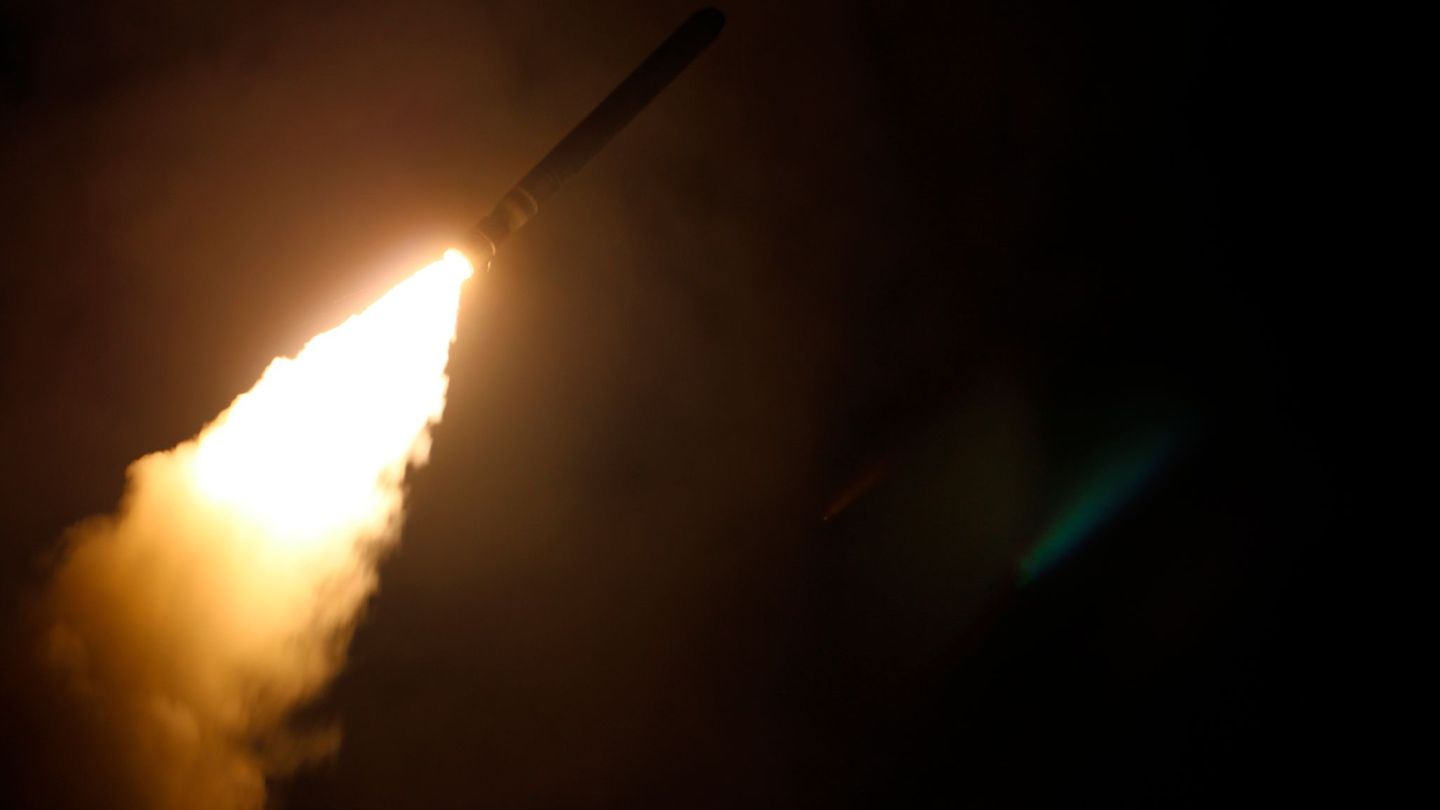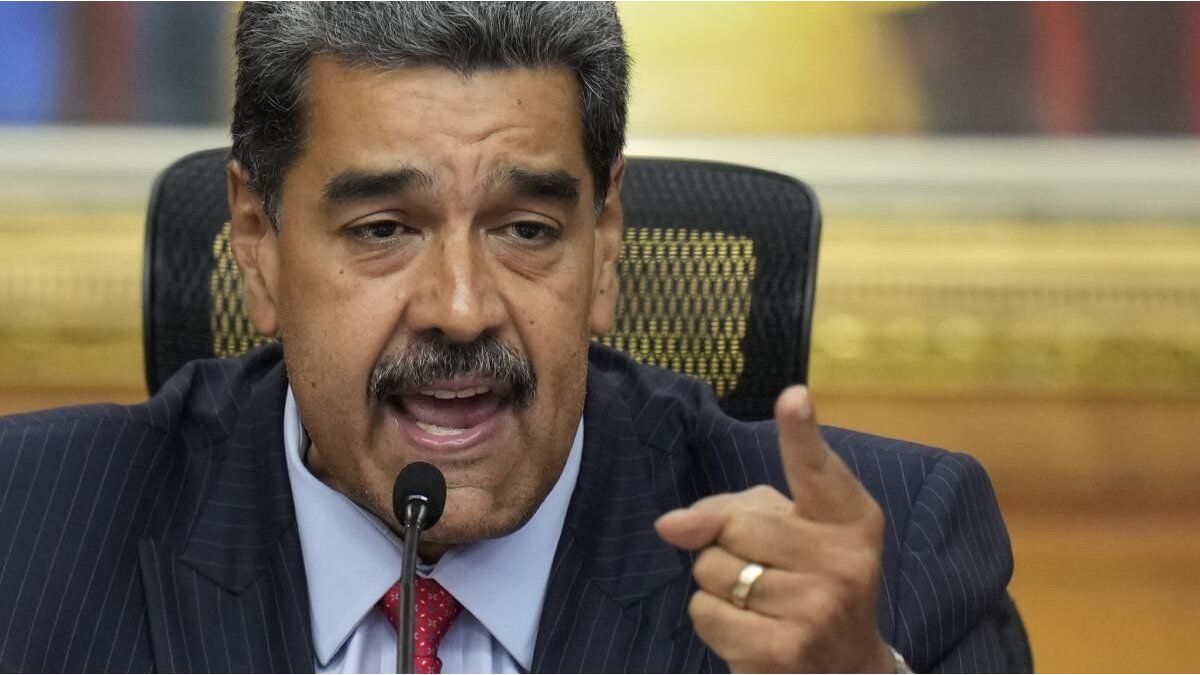According to experts, it should only be a matter of days or a few weeks before the Omikron wave hits us with full force. By then, as reported, the Upper Austria crisis team expects the seven-day incidence to rise sharply to 4,000 per 100,000 inhabitants. Then 60,000 to 70,000 compatriots would be infected at once. That would be like a lockdown, announced Tilman Königswieser, member of the crisis team and head of the Salzkammergut Clinic. This standstill can be explained by the lack of staff in schools, the police or in hospitals.
In view of these (gloomy) forecasts, all emergency organizations now want to arm themselves for a possible staff shortage caused by Covid illnesses.
In order to avoid a mix-up of the staff, for example in the state police headquarters for the staff – in addition to the hygiene measures that have long been rehearsed – staggered meal times are now in effect in the respective departments. It is also ensured that the officers take their meal breaks in “specially allocated rooms and at precise times”, said police spokesman Michael Babl yesterday in an interview with the OÖNachrichten.
Only “time-critical operations”
At the state fire brigade command, the helpers are currently only called to “time-critical operations” such as fires or serious traffic accidents by means of sirens or pagers, said Markus Voglhuber, spokesman for the state fire brigade association. Only the commander of the responsible fire brigade is informed about all other missions, who then alerts a small group of helpers by phone.
Those who are not on the roster are not allowed to enter the Red Cross offices. The work, whether in the rescue service, in the mobile care services or with meals on wheels, may only start if you can present a 2.5G certificate. When in contact with patients, the rescuers should not only wear an FFP2 mask, but also gloves and eye protection.
In the Upper Austrian health holding, which operates five regional clinics in addition to the Kepler University Hospital, retired employees will be brought back to work in an emergency, as spokeswoman Jutta Oberweger said. At the moment, the number of staff absenteeism is still “very stable”, but the Omikron variant is also “not yet as developed”.
This is how the organizations prepare for the Omikron emergency:
Police rely on home office and group work
Since the beginning of the pandemic, the police have to wear FFP2 masks in the buildings and in the radio vehicles. In order to avoid a mix of the workforce, the officers in the state police department are only allowed to go to the canteen for lunch in individual office teams. In the police inspections, the 24-hour service will now be divided between three different teams, says police spokesman Michael Babl. In addition, care is taken that wherever it is possible (such as in administration), the staff works in the home office. Retired civil servants are now also to be brought back – but for use in the country’s health authority.


Rescue: gloves and eye protection
No start of work without a valid negative test result and online health test. That is the premise at the Red Cross. The following applies to everyone in the rescue service: You not only have to wear gloves and an FFP2 mask, but also eye protection. Extended protective equipment must be worn in the event of contact with patients who have tested positive. “Anyone who is not on the roster is also not allowed into the office,” says Red Cross spokesman Christian Hartl. In addition to a 2.5G rule, the FFP2 mask requirement applies in the departments themselves. “Social gatherings” are only allowed in small groups and only if they comply with 2G. Meetings are only held online.
Fire department: Limited siren alarm
In order to avoid an overly large mix of the 94,000 volunteers in the country, the Upper Austria wants. In the coming weeks, the State Fire Brigade Association will only trigger siren alarms for urgent missions. Otherwise, only the responsible fire brigade commander is initially informed, who then alerts a smaller group by telephone. “This should not mean that many people unnecessarily come together at once,” says spokesman Markus Voglhuber. “Help is always guaranteed.” Existing measures would be continued: training restrictions and the wearing of an FFP2 mask. “Since we count on voluntary and voluntary helpers, we rely on personal responsibility.”


Energie AG: Team separation and reserves
Because of the Omikron wave, Wien Energie is preparing to isolate 50 employees. They are supposed to live at the workplaces for four weeks. A measure that Energie AG Oberösterreich is not planning. The vaccination coverage for employees is more than 80 percent. “The general measures are in effect anyway,” says spokesman Michael Frostel. “Team separation and contactless handover apply in particularly sensitive areas such as the grid and generation.”
Source: Nachrichten




